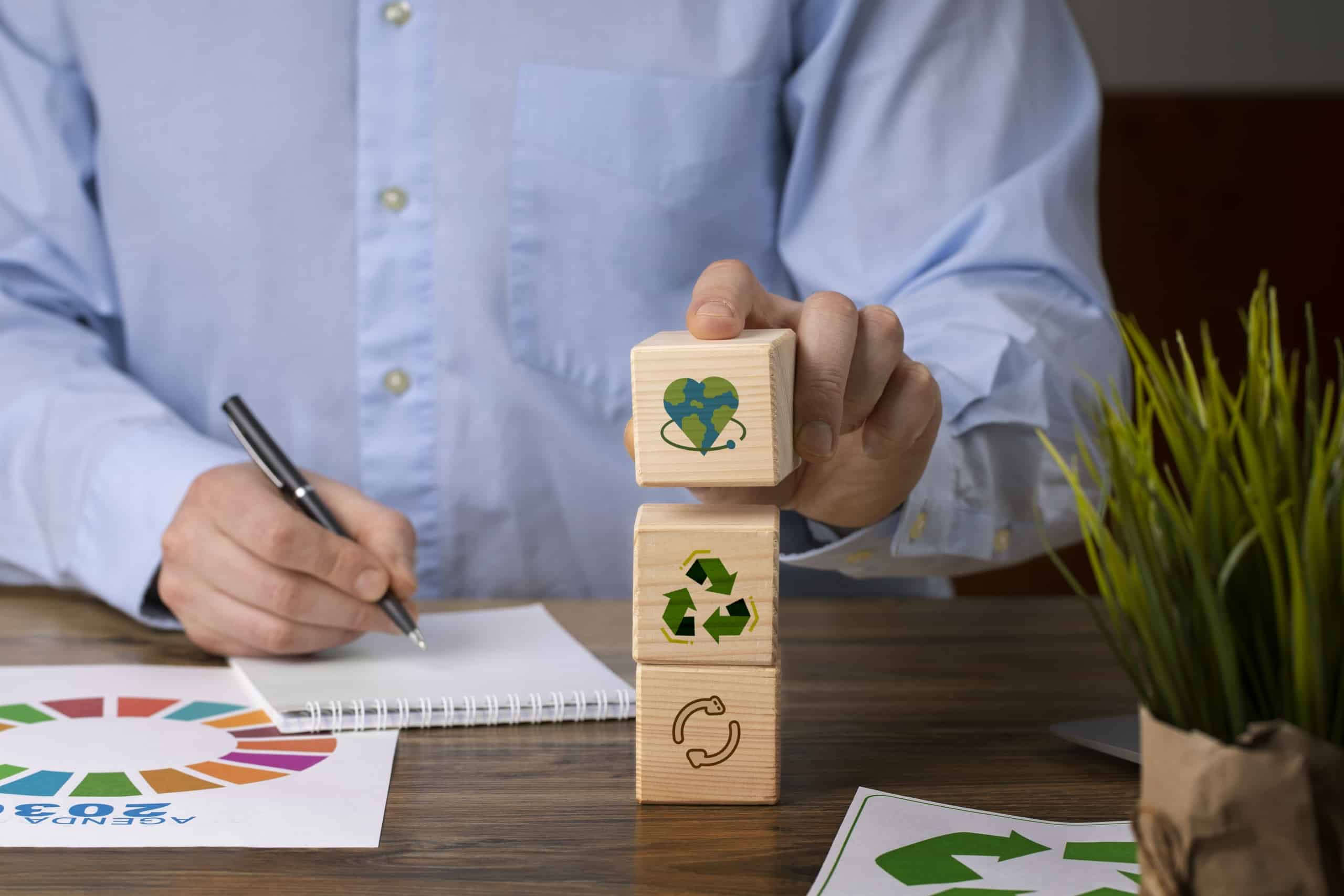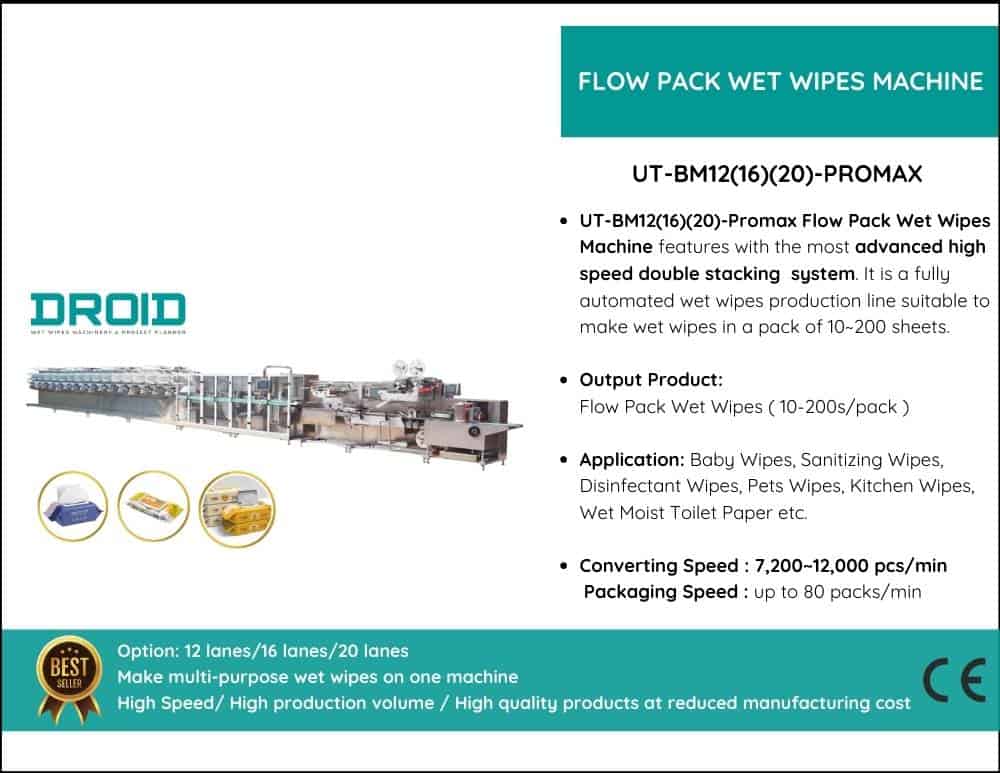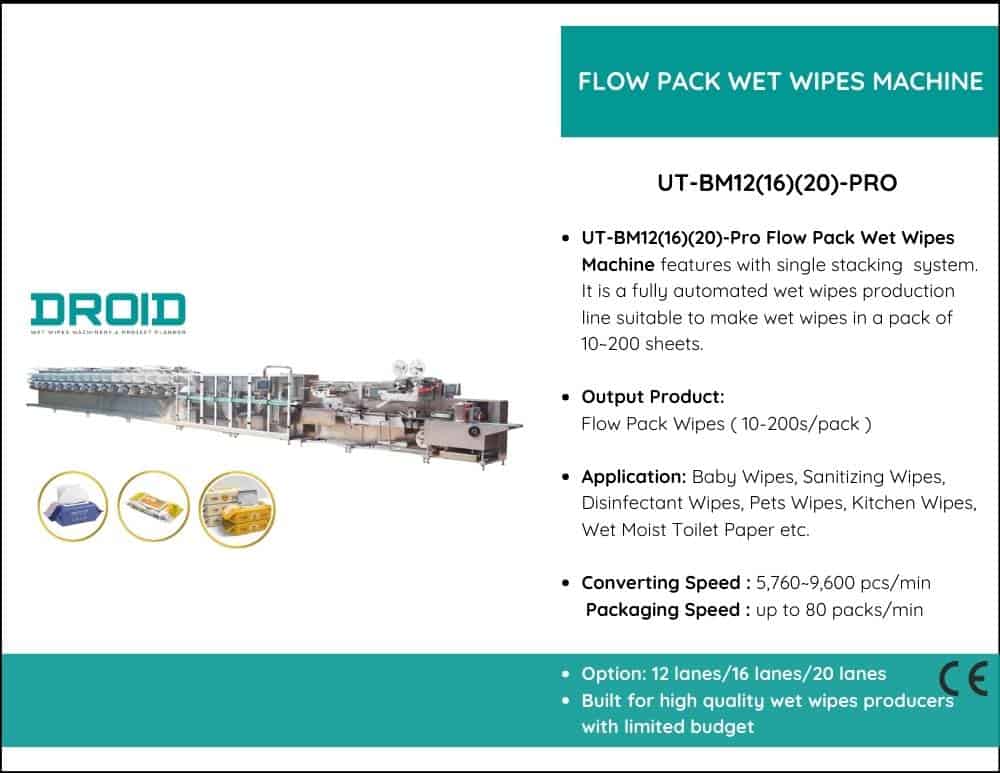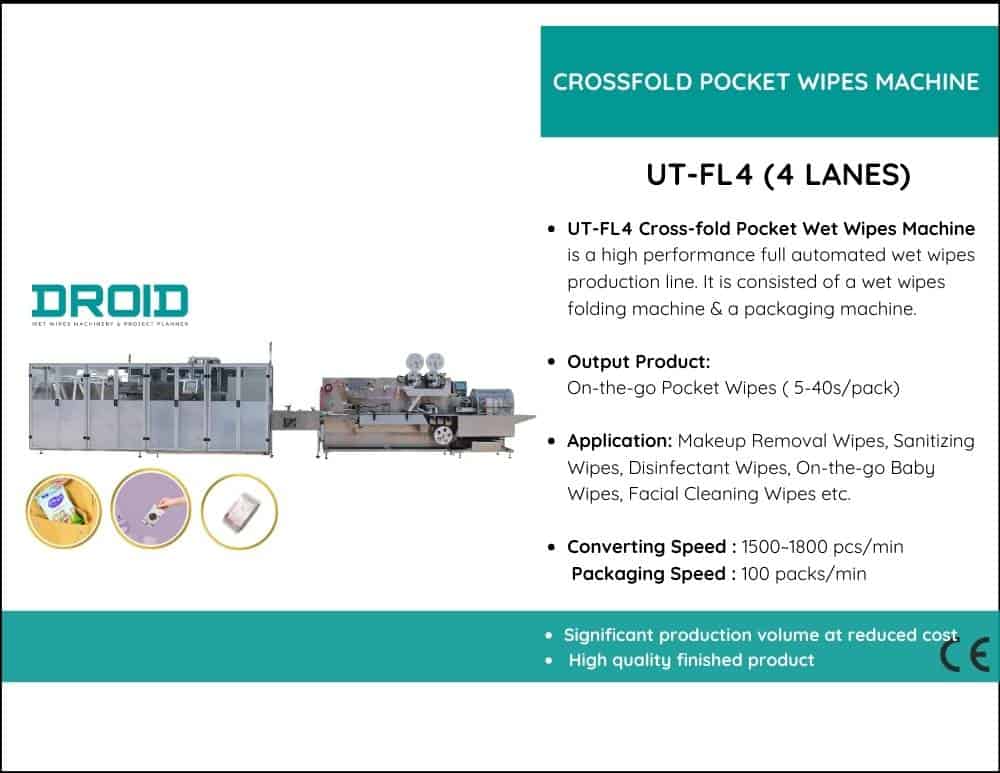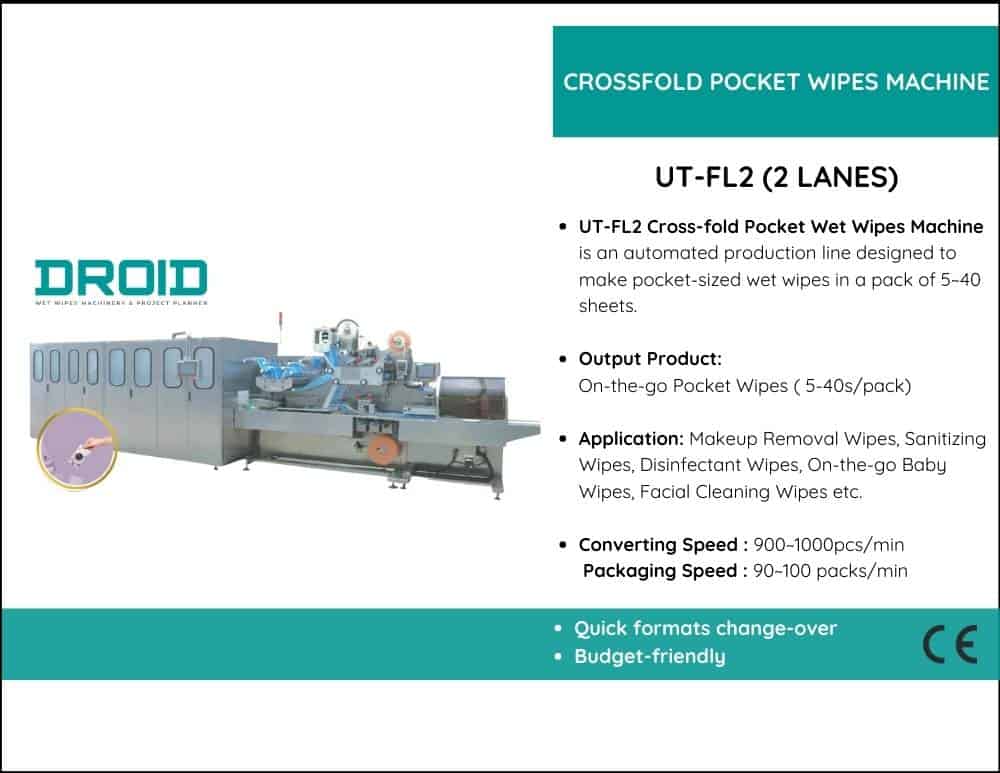1. Compostable and Biodegradable Substitutes
The use of compostable and biodegradable wipes is one of the most promising solutions to the wet wipes waste issue. The synthetic fibers used to make traditional wet wipes, such as polyester and polypropylene, take hundreds of years to decompose. Biodegradable wipes, on the other hand, are manufactured from plant-based materials like bamboo, organic cotton, or wood pulp, which break down much more quickly in the presence of nature. Particularly in landfills and the seas, these substitutes aid in lowering long-term environmental contamination.
But not every biodegradable wipe is made equally. Certain items that are branded as “biodegradable” may nevertheless need to be broken down at an industrial composting facility; this means that they won’t naturally decompose in a landfill or a home compost bin. Customers can search for certificates like “OK Compost HOME” or “ASTM D6400,” which show that a wipe may completely decompose in natural settings. To prevent deceptive eco-friendly statements, businesses need also be open and honest about the deterioration process.
Biodegradable wipes by themselves are not a perfect solution, despite their benefits. Significant quantities of water, energy, and land are still needed for the large-scale manufacture of plant-based wipes, which might lead to deforestation and pressure on agriculture. Therefore, even if they are a superior alternative to conventional synthetic wipes, their use should be paired with improved disposal techniques and decreased use to optimize their environmental advantages.
2. Recycling Wet Wipes: A Revolution?
Recycling has long been seen to be a successful waste management tactic, however recycling wet wipes is quite difficult. It is challenging to recycle wipes in conventional recycling facilities since most of them are contaminated with human fluids, oil, cleaning agents, or food waste. Furthermore, it is more difficult to separate recyclable components due to its heterogeneous material makeup, which often combines plastics with natural fibers.
Nonetheless, there is promise for more effective wet wipe recycling thanks to several new technologies. Advanced fiber recovery is a cutting-edge technique that involves processing wipes to remove organic material from synthetic fibers. After being recovered, this fiber may be used to make industrial materials or insulation, among other goods. Chemical recycling, which breaks down plastic-based wipes into their fundamental molecular components and turns them into new plastic items without sacrificing quality, is another exciting breakthrough.
Even though these technologies are still in their infancy, they show how important industry investment and innovation are. To scale up wipe recycling solutions and increase their economic viability, governments and businesses should support research and pilot projects. Manufacturers might also introduce take-back initiatives, in which customers return old wipes for appropriate recycling or reuse. Recycling may drastically cut down on the amount of trash that ends up in landfills and rivers, but it won’t be enough to address the wet wipes problem on its own.
3. Sustainable Consumer Choices and Reusable Wipes
Making the move to reusable alternatives is one of the easiest but most efficient methods to address the waste of wet wipes. The amount of disposable trash may be greatly reduced by using cloth wipes made of bamboo, organic cotton, or microfiber that can be cleaned and reused again. For personal hygiene, infant care, and home cleaning, these reusable wipes may be just as effective as disposables while having a smaller long-term financial impact on customers and less of an adverse effect on the environment.
Given that baby wipes are one of the biggest sources of wet wipe pollution, parents stand to gain the most from reusable wipes. Parents may significantly cut down on the quantity of wipes that end up in landfills by using washable cloth wipes soaked in a mild cleaning solution. Reusable wipe systems may also reduce waste on an industrial scale by allowing establishments like restaurants, gyms, and hospitals to use disinfectant-friendly cloths rather of single-use ones.
However, raising awareness and altering consumer behavior is necessary for reusable wipes to succeed. Because disposable wipes are so convenient, many people select them, and making the move to reusable wipes requires a little adjustment to everyday routines. Businesses, governments, and environmental organizations should collaborate to increase the availability of sustainable goods in retail marketplaces, provide incentives for customers to switch, and highlight the advantages of reusable wipes.
4. Industry Responsibility and Government Regulations
To assist the wet wipes waste challenge, government assistance is essential. Stronger and more extensive regulations are required to lessen environmental harm, even if some areas have taken action to outlaw certain non-biodegradable wipes. Limiting the manufacture and distribution of synthetic wet wipes, encouraging environmentally friendly substitutes, and making sure that goods marketed as “flushable” really adhere to stringent disintegration requirements are all made possible by regulations.
Bans or high taxes on non-biodegradable wipes are one strategy; this is comparable to how many countries have phased out plastic bags. Limitations on single-use wipes that include plastic have been proposed or put into effect in several nations, including the UK and portions of the EU. These regulations encourage customers to abandon wasteful behaviors while providing businesses with incentives to provide recyclable or biodegradable alternatives. To avoid making false claims about wipes being flushable when they don’t fulfill independent testing requirements, stringent labeling regulations should also be implemented.
Corporate accountability is crucial, even beyond legislation. Manufacturers of wet wipes must be compelled to make investments in environmentally friendly packaging, waste disposal plans, and sustainable materials. By developing certified biodegradable solutions, lowering the amount of single-use plastic trash, and providing reusable wet wipe containers, several businesses are already showing effort. The sector can transition to a cleaner, greener future more quickly the more businesses promote sustainability.
A Call for Action
A multifaceted strategy including technical innovation, changes to regulations, and a change in consumer behavior is needed to rethink the waste associated with wet wipes. Biodegradable and compostable wipes are a positive start, but to make a significant difference, they need to be combined with improvements in recycling, reusable alternatives, and industry responsibility. To reduce the waste from wet wipes and preserve our ecosystem for future generations, governments, corporations, and people all have a role to play.
Now is the moment to take action. We can work toward a day when wet wipes are no longer a hazard to the environment by selecting sustainable substitutes, endorsing ethical companies, and pushing for stronger laws. What adjustments are you going to make today?


